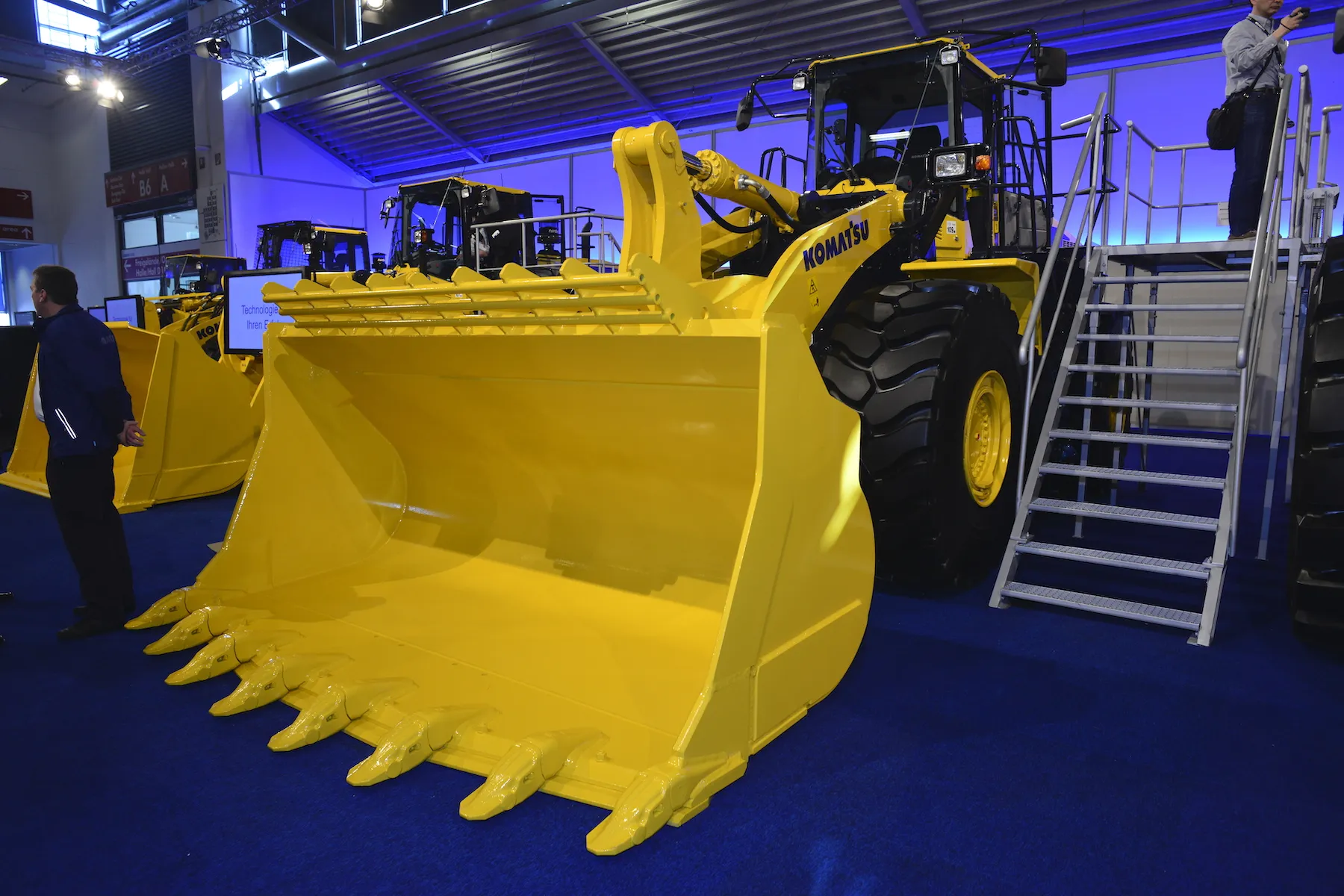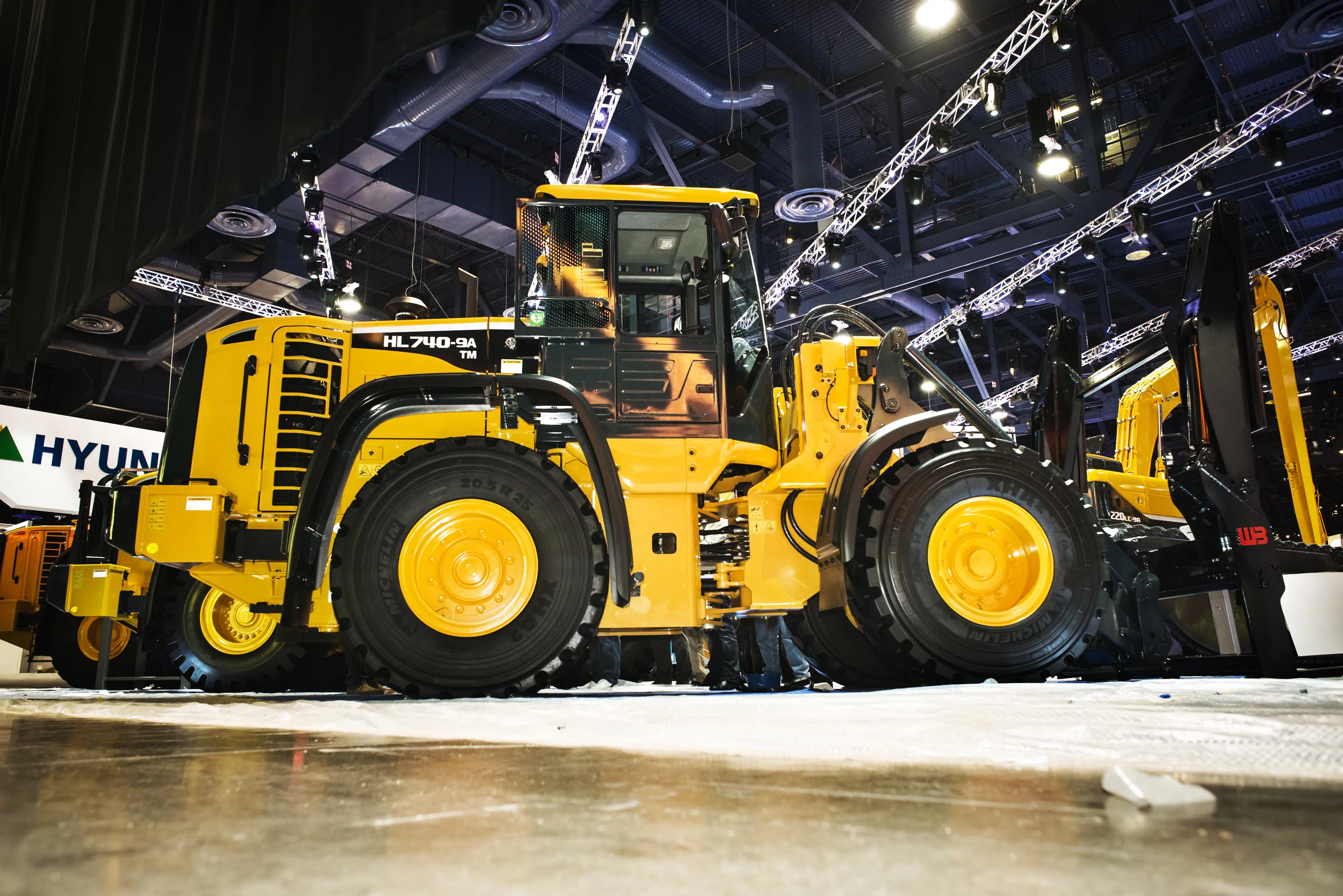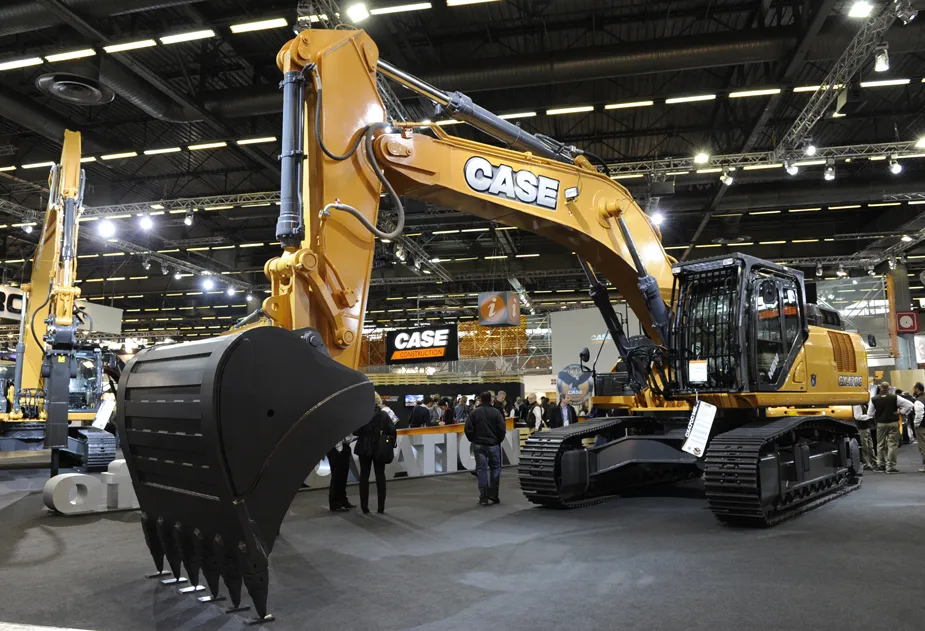Komatsu has unveiled its 23,590kg operating weight WA470-7 wheel loader, which offers improved efficiency, lower fuel consumption, improved operator comfort and enhanced serviceability. It is powered by a 203kW Stage IIIB/ EPA Tier 4I Komatsu SAA6D125E-6 engine, which is said to lower fuel consumption by 10% to 15% compared with the WA470-6. The engine is fitted with EGR, a hydraulically-actuated variable geometry turbocharger, and an automatically regenerating DPF. As with all Komatsu Stage IIIB machines,
January 6, 2017
Read time: 2 mins

It is powered by a 203kW Stage IIIB/ EPA Tier 4I Komatsu SAA6D125E-6 engine, which is said to lower fuel consumption by 10% to 15% compared with the WA470-6. The engine is fitted with EGR, a hydraulically-actuated variable geometry turbocharger, and an automatically regenerating DPF.
As with all Komatsu Stage IIIB machines, the WA470-7 is supported by Komatsu CARE, which covers the machines for factory-scheduled maintenance for the first three years or 2,000 hours and up to two DPF changes during the first five years or 9,000 hours.
Drive is through a four-speed automatic transmission with torque converter lock-up on the three highest gears to give a maximum travel speed of 38.3km/h.
A redesigned cab has a lower window line and dashboard to improve visibility, while the pilot-control levers and forward-neutral-reverse switch are seat-mounted.
A new high-resolution 7inch LCD monitor features enhanced capabilities and displays information in 25 languages.
Komtrax is standard, as is Komatsu Smart Loader Logic.
Stand: B5.104
%$Linker:







